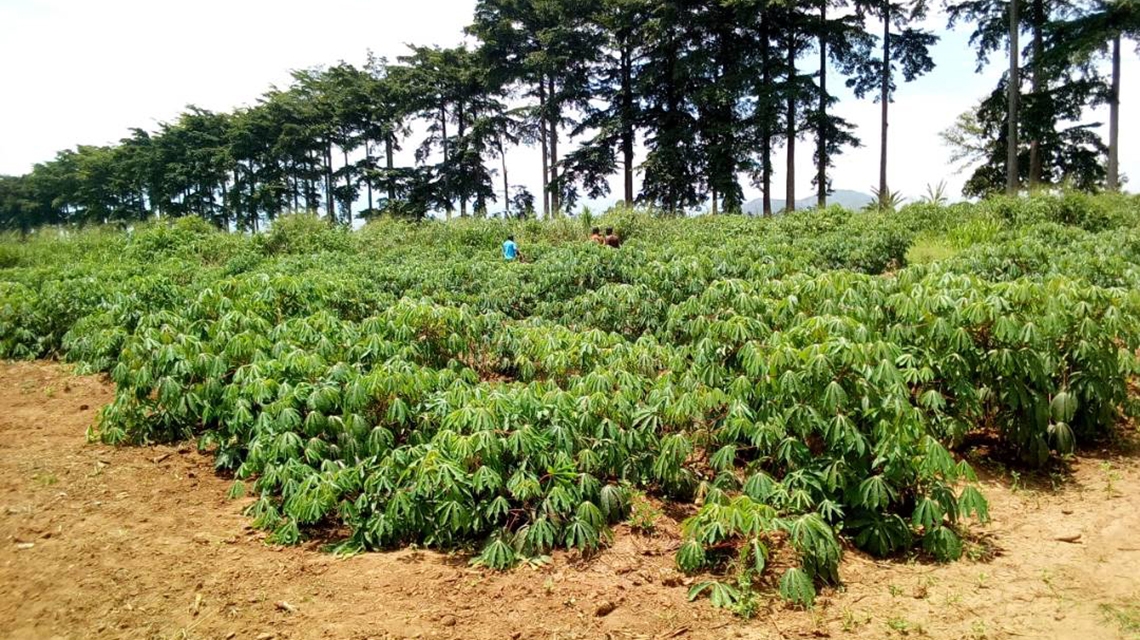Seeing is believing, and when neighbouring farmers visit Theogene Ntakarutimana’s cassava farm in central Burundi, on what is increasingly arid terrain, they are often speechless.
“Everyone who visits my farm and sees the way I am farming and producing cassava, they get excited,” said Ntakarutimana, who started growing cassava using methods enhanced with nuclear science and related techniques in 2016. “I used to have a low yield, about 11 tonnes per hectare, but thanks to the enhanced practices, production has increased to 30, sometimes 33 tonnes. Other farmers are asking about the methods I have applied, and everyone is willing to learn.”
Cassava, a starchy root vegetable, is the third largest source of carbohydrates worldwide, after rice and maize and a major cash crop for many farmers in Africa. The continent produces around 55% of the world’s output, followed by Asia with around 34%. However, in many parts of Asia and Africa, harsh conditions, including drought and water scarcity, and declining soil fertility, are affecting traditional cassava farms and threatening food security.
In 2016, the IAEA, in cooperation with the Food and Agriculture Organization of the United Nations (FAO), partnered with research institutes and farmer associations to boost cassava production by developing improved soil nutrient and water management practices using nuclear-derived techniques. The new practices developed through the project have led to an up to three-fold increase in cassava yields.






